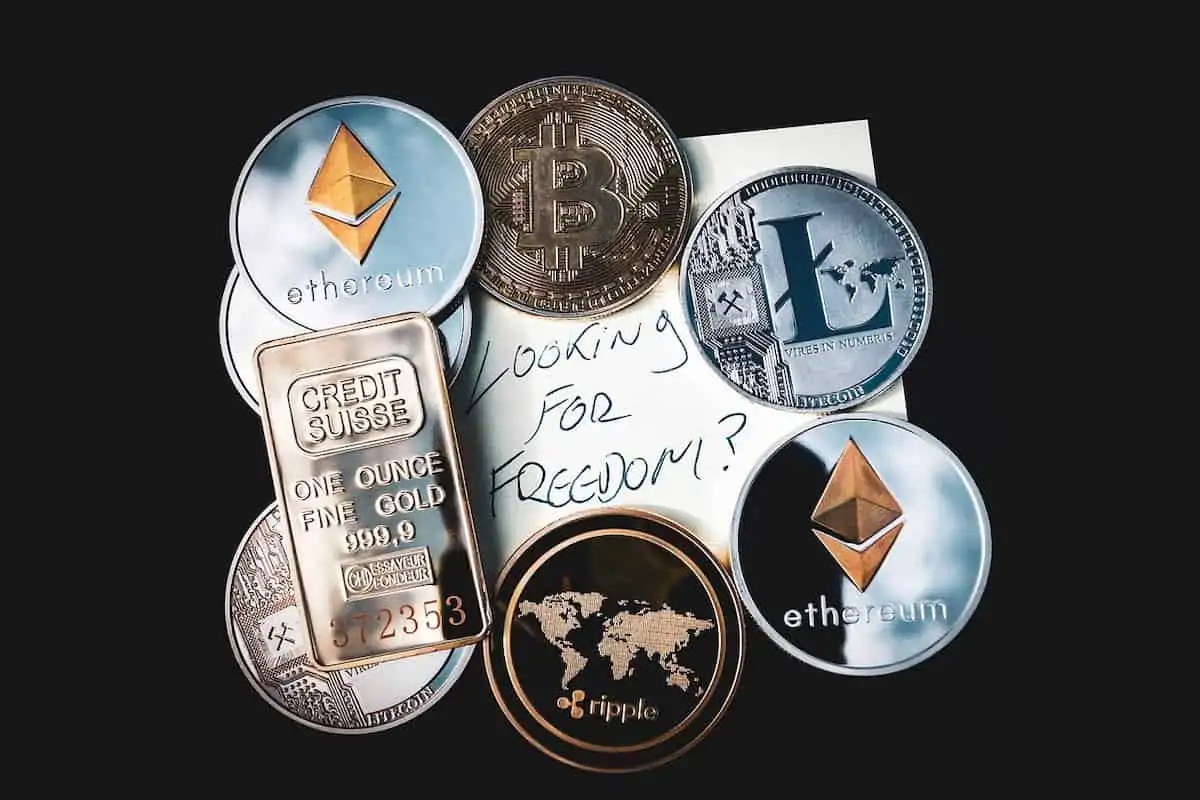Even though the number of implementations for cryptocurrencies and blockchain technologies has risen dramatically in recent years, it has yet to become fully common. There are many cryptocurrency and Blockchain predictions for the future.
Armanino, a Moore Global-affiliated independent company, has published a compilation of 20 business forecasts for the future.
Before diving into the assumptions and Cryptocurrency and Blockchain predictions, if you are looking for a platform that can help you with trading bitcoins, you should register yourself on Profit Secret.
Cryptocurrency and Blockchain Predictions
1. As summarized here, a year seems to have been a Year with Everything. The years of the ICO frenzy and “everything blockchain” are gone, but new living organisms spring up left then right in the ruins of much more and ossified technologies.
- Everything to do with Blockchain in 2016.
- 2017 was the year of Initial Coin Offerings, and 2018 was the year of stablecoins
- 2019 the year of decentralized banking
- Coins distributed by the government and by companies in the year 2020.
2. The Soft Introduction of China’s Digital Currency Electronic Payment (DCEP), often recognized as “RMB Coin,” is planned for 2020. This would promote the acceptance of DLT payments in China while also serving as a “Sputnik” opportunity for Washington as well as Brussels, kicking off the blockchain technology race.
3. Token and coin exchanges would be able to operate in a regulatory sandbox due to this tech sprint. New experiments regarding coins sold in a constitutionally acceptable manner can be used in the United States.
4. At least five further large-scale multinational coin ventures, led by one or maybe more Global 100 corporations, would be revealed, but without the same level of exposure and backlash as Libra. There will be a few commercial coins issued.
5. To preserve market stability, the bulk of these corporations and government coins would use paper money pegging tools.
6. Current stablecoins can expand in prominence due to decentralized finance (DeFi) progress and corporate test cases. More gold (and other rare stones and minerals)-backed tokens will be added.
7. Because of introducing a slew of new stablecoin initiatives, there would be a movement toward greater openness and third-party evaluation of stabilization frameworks. Projects that are unable or unable to pursue suit may slowly melt away, rather than crashing. Why will anybody take a gamble if there is no certainty of a promising outcome? The gold norm for audit reporting would be real-time audit reports.
8. The success and ingenuity of DeFi will continue to rise, but at a price. A DeFi consensus mechanism with a significant financial stake would crash, triggering the Ethereum ecosystem’s most widespread panic since before the DAO. This will not bring the industry to its knees, but it will fascinate and boost participation in third-party reports and audits.
9. Blockchain architecture is getting more straightforward and easier to do with improved computing tools and practice. This would open the door to a slew of new experiments that will support end-user apps. We’ll concentrate less on how blockchains function and more on what they can do.
10. In the upcoming year, a more extensive range of business usage cases would be investigated. Budgets for blockchain research and development will be cut if no demonstrable advances to existing database technologies can be achieved. Attempts to use blockchain technologies in cases where decentralization isn’t essential would continue to bear the passage of time.
11. Infrastructure can begin to expand, but not at a good pace. Via a variety of technologies, we will steadily tackle scalability and efficiency for current familiar chains. However, owing to broken governance structures, next generation blockchains would outpace this change that recent ventures are looking to create. In certain instances, instead of attempting to restore the old chain, creators, customers, and eventually investors would migrate to newer networks (the digital gold use case being the exception).
12. a straightforward illustration is Ethereum, which is also suffering from a lack of product development. Binance (Binance Chain and Binance DEX) and many other replacements will challenge ETH’s role as the smart contract king.
13. When we experiment with specific market scenarios where this approach provides a genuinely revolutionary advantage over its non-tokenized cousins, tokenization of “true world” properties can begin to expand steadily. However, this sector is also on the lookout for excellent product-market compatibility. More token studies will be performed with various asset groups, especially throughout the contingent hybrid asset segment, which involves futures, collateralized debt obligations, and asset-backed securities.
14. In the following year, we’ll have such a more significant and more effective “CryptoKitties moment,” an innovation that will gain worldwide traction, but this time it’ll be motivated by usage cases rather than conjecture. The Brave browser jumps to mind immediately.
15. As a counterweight to the rise of non-censorship compliant and digital sovereignty properties, privacy coins will increase prominence.
16. There would be increased competition in the foreign exchange industry. Lower exchange commissions and affordable emerging offerings like a benefit as a fee are expected to become the market norm.

